The San José, a shipwreck containing a fortune in gold, silver, and emeralds, is set to be recovered from the ocean floor after more than three centuries.
The Colombian government has announced plans to raise the ship, known as the “holy grail of shipwrecks,” before President Gustavo Petro’s term ends in 2026. This historic endeavor aims to recover a treasure speculatively valued at up to $20 billion.
Colombia’s National Mission
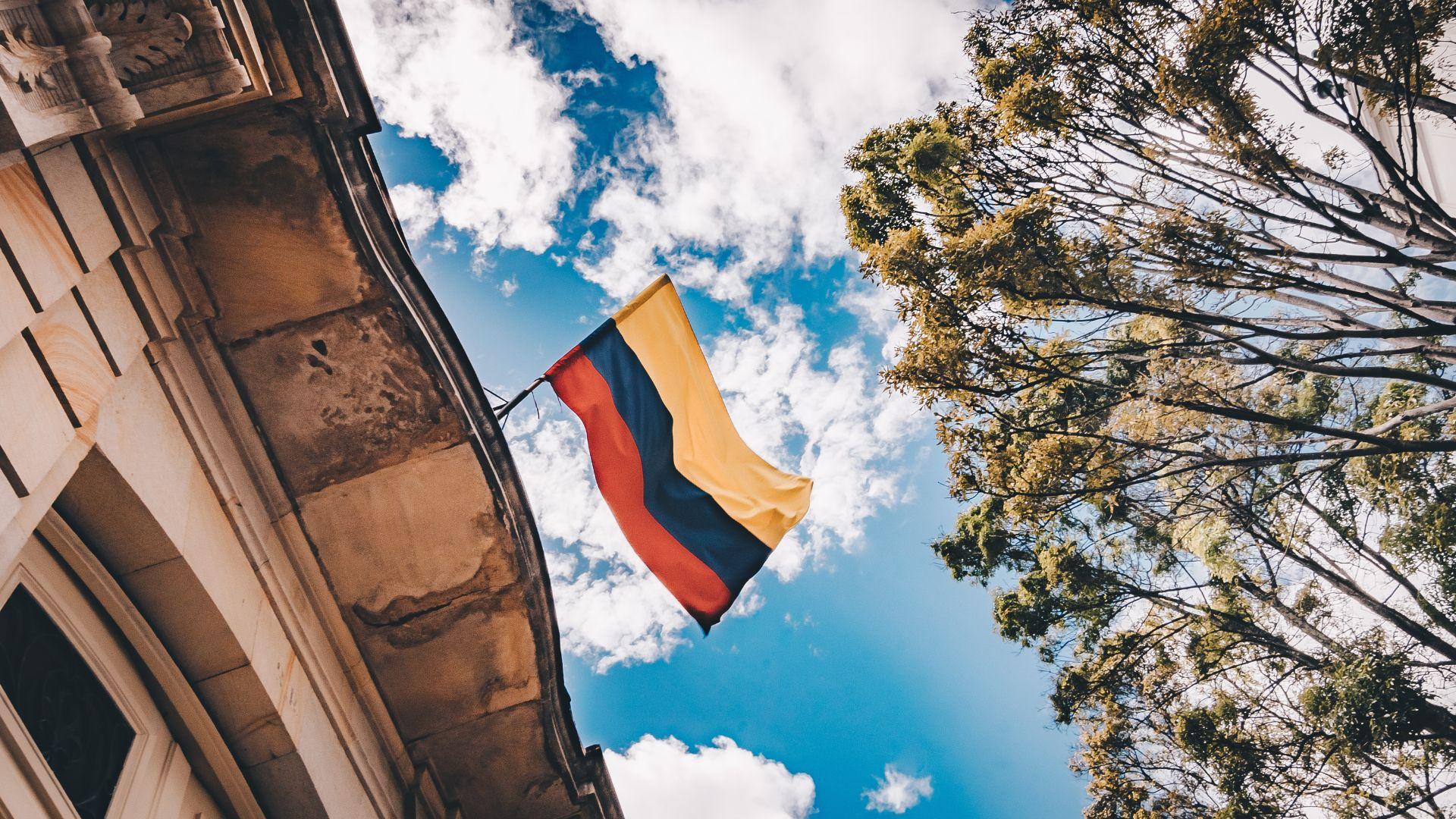
Colombia has declared the recovery of the San José, laden with up to 200 tons of precious metals and gemstones, a national mission.
This monumental task, set to take place in the Caribbean Sea, marks an important moment in the nation’s history. The government’s initiative to salvage the ship’s valuable cargo is a significant undertaking, showcasing a blend of historical preservation and national pride.
The San José’s Rich Cargo
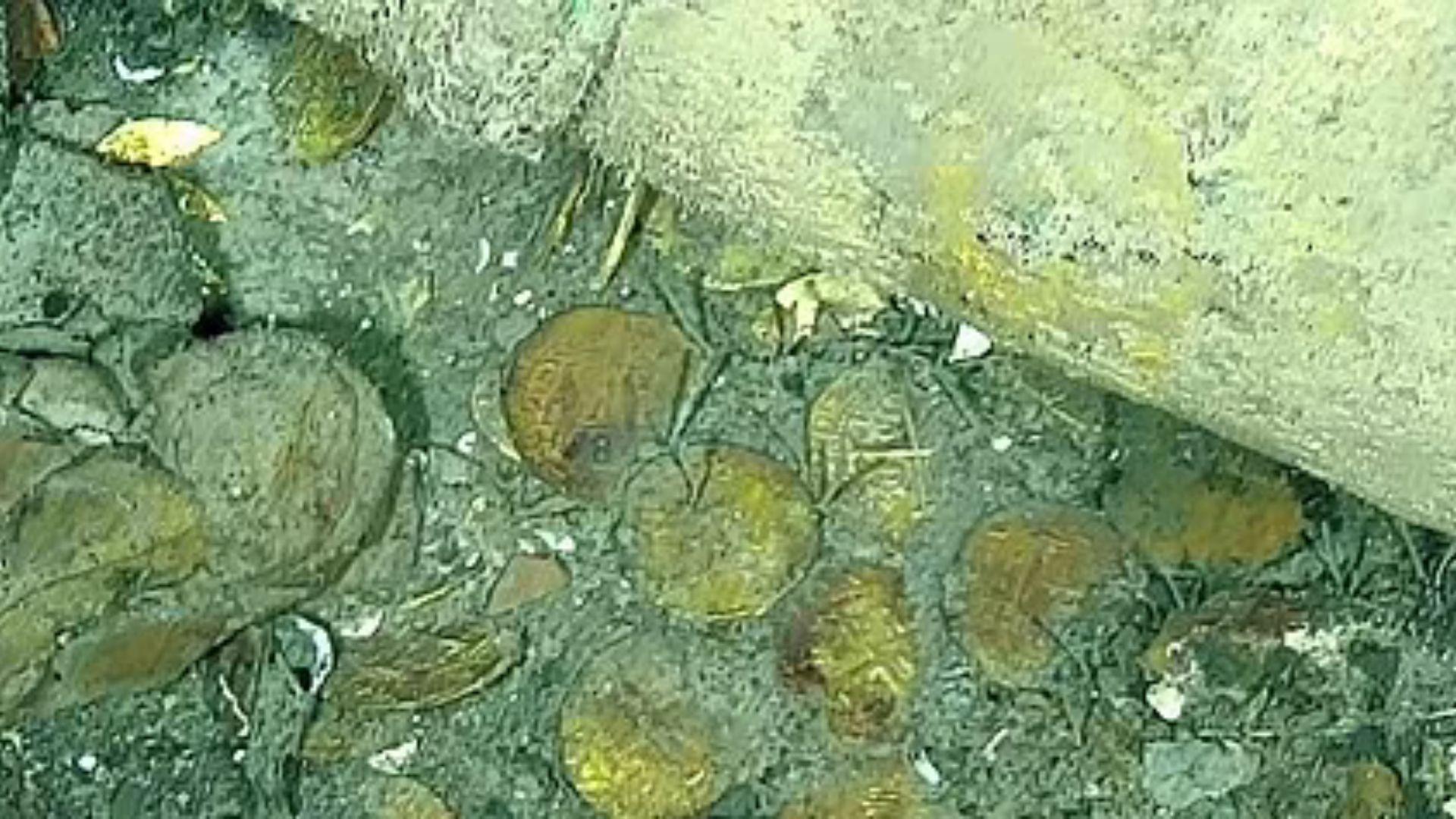
The cargo of the San José, a 64-gun, three-mast galleon launched by Spain in 1698, is believed to include a massive amount of gold, silver, gemstones, and antiques. Its estimated value stands at $20 billion.
This vessel, part of King Philip V’s fleet, met its fate at the hands of the Royal Navy in 1708 during the War of Spanish Succession. The ship’s contents provide a vivid snapshot of the wealth and trade of the era.
The Human Cost of the San José
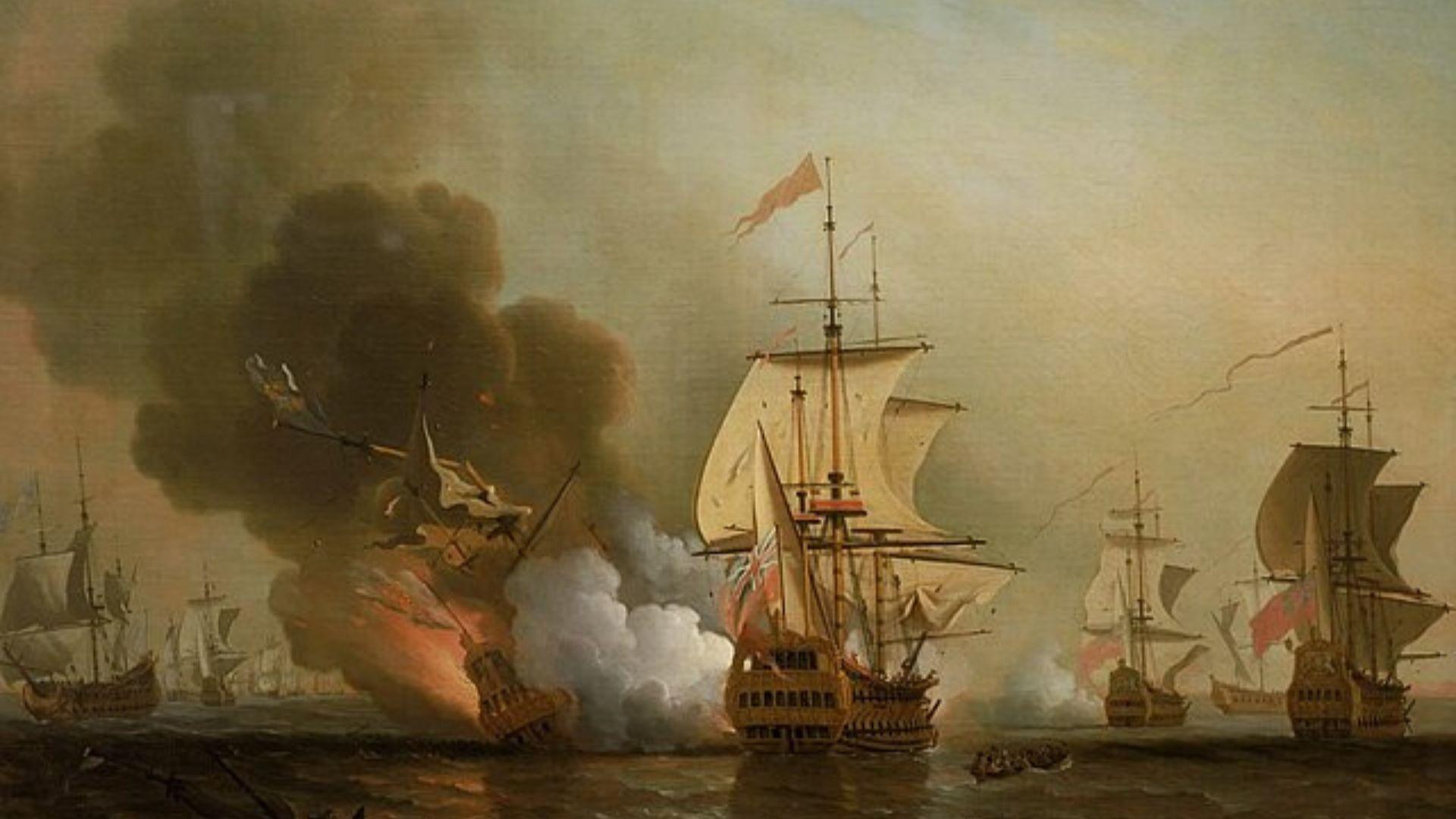
The sinking of the San José was a maritime disaster of significant proportion. When it sank off the Colombian port of Cartagena, it took with it around 600 sailors, leaving a mere 11 survivors.
This tragic loss highlights the human element in the story of the San José, which has been declared a national mission by Colombia, 315 years after its sinking.
The 2015 Discovery
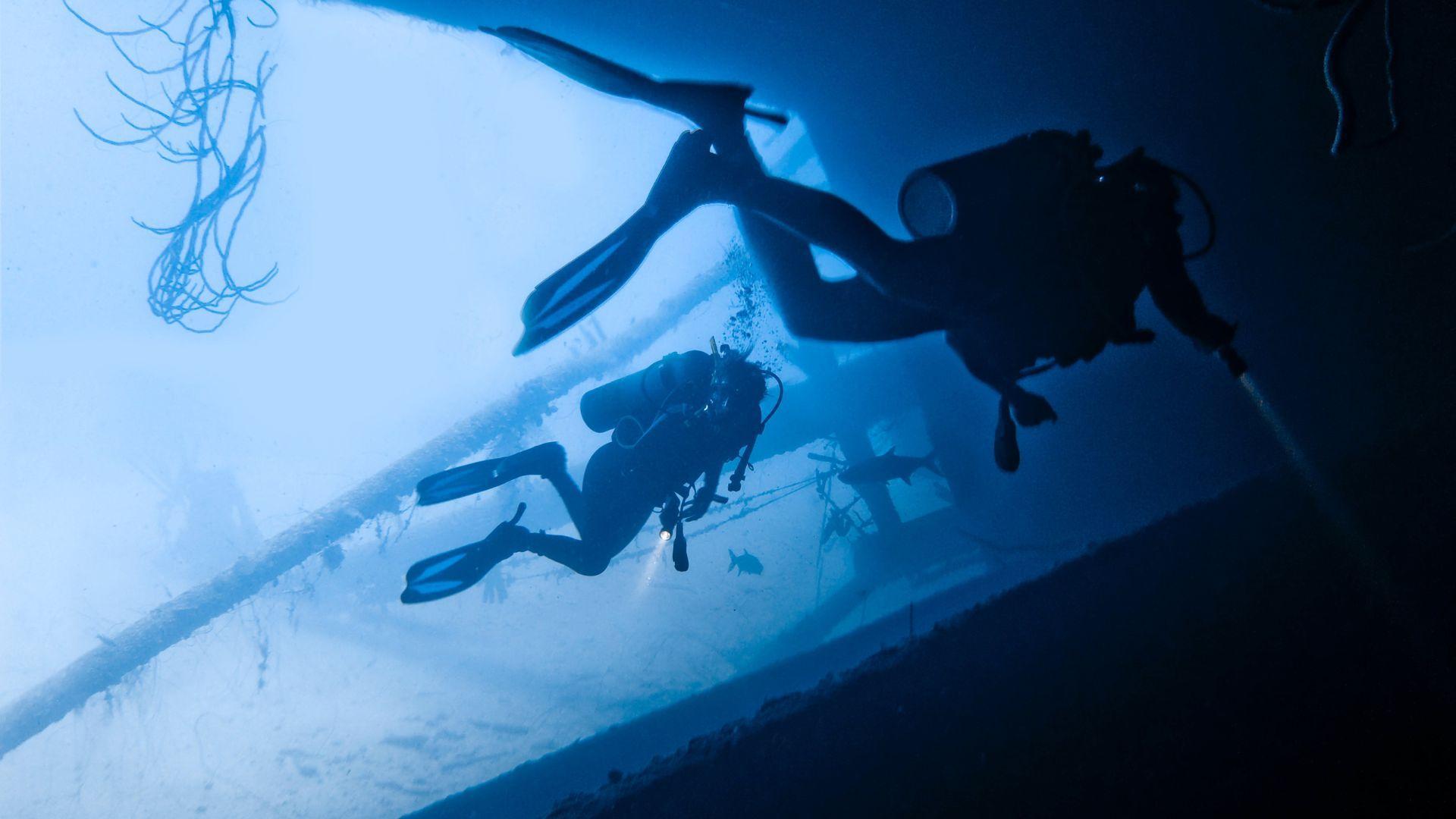
The discovery of the San José in 2015 by a team of Colombian navy divers was a landmark event.
Found under 3,100 feet of water, the shipwreck was remarkably well-preserved, with much of its cargo still intact.
Treasures from the Deep
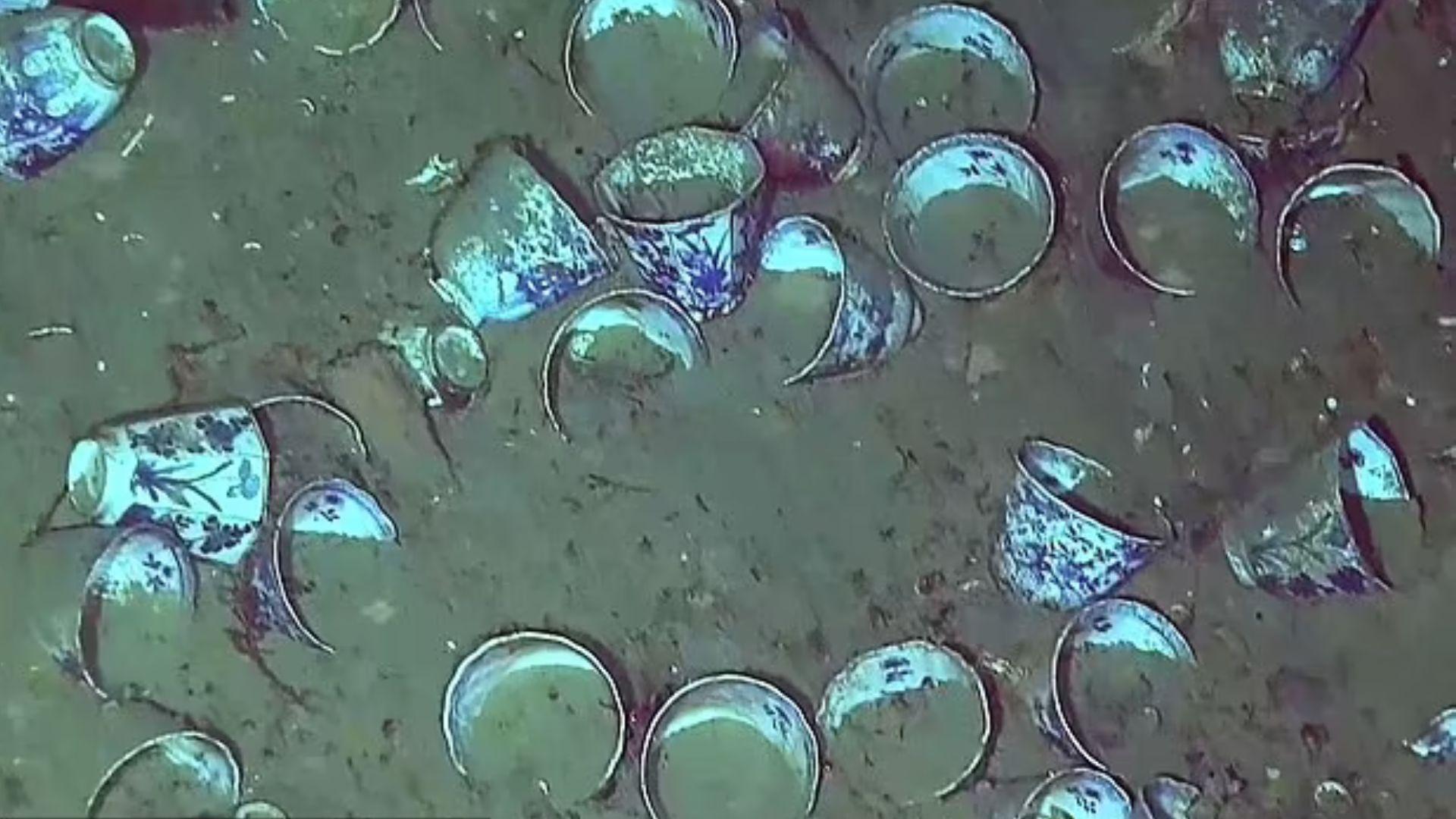
Explorations of the shipwreck have revealed a variety of artifacts, including gold ingots, Chinese ceramics, tableware, and cannons cast in Seville in 1655.
Of particular interest is the ship’s coffers, which are believed to contain 11 million gold coins. These findings offer a unique glimpse into the past and the extensive wealth that traveled across the oceans during that era.
A National Effort Led by President Petro

Colombian President Gustavo Petro has taken a personal interest in the excavation of the San José, aiming to bring the ship to the surface before the end of his term in 2026.
He has advocated for a public-private partnership to facilitate this complex undertaking.
Controversy Surrounding the Shipwreck’s Cargo

The potential recovery of the San José’s cargo has sparked a series of legal disputes. A group of U.S. investors, known as Glocca Morra and later Sea Search Armada, claim rights to half of the ship’s cargo based on a 1979 salvage contract.
According to Vanity Fair, they allege they located the San José in 1981 and provided coordinates to Colombian officials. However, Colombia disputes these claims, leading to arbitration proceedings in London.
International Claims and Indigenous Rights

The recovery of the San José’s cargo has attracted claims from various parties. Spain, the original owner of the vessel, has expressed interest in reclaiming the cargo.
Additionally, the Qhara Qhara indigenous group from present-day Bolivia has staked a claim, arguing that their ancestors were forced to mine some of the metals aboard the ship by Spanish colonizers. These claims reflect the complex history and cultural significance of the shipwreck.
The San José’s Significance in Modern Times

The recovery of the San José is not just about salvaging treasure; it involves delving into historical, legal, and ethical debates.
The ship’s cargo, acquired through colonization and lost in battle, now raises questions about rightful ownership and the consequences of historical events. These discussions transcend the material value of the treasure and delve into broader societal considerations.
The Future of the San José
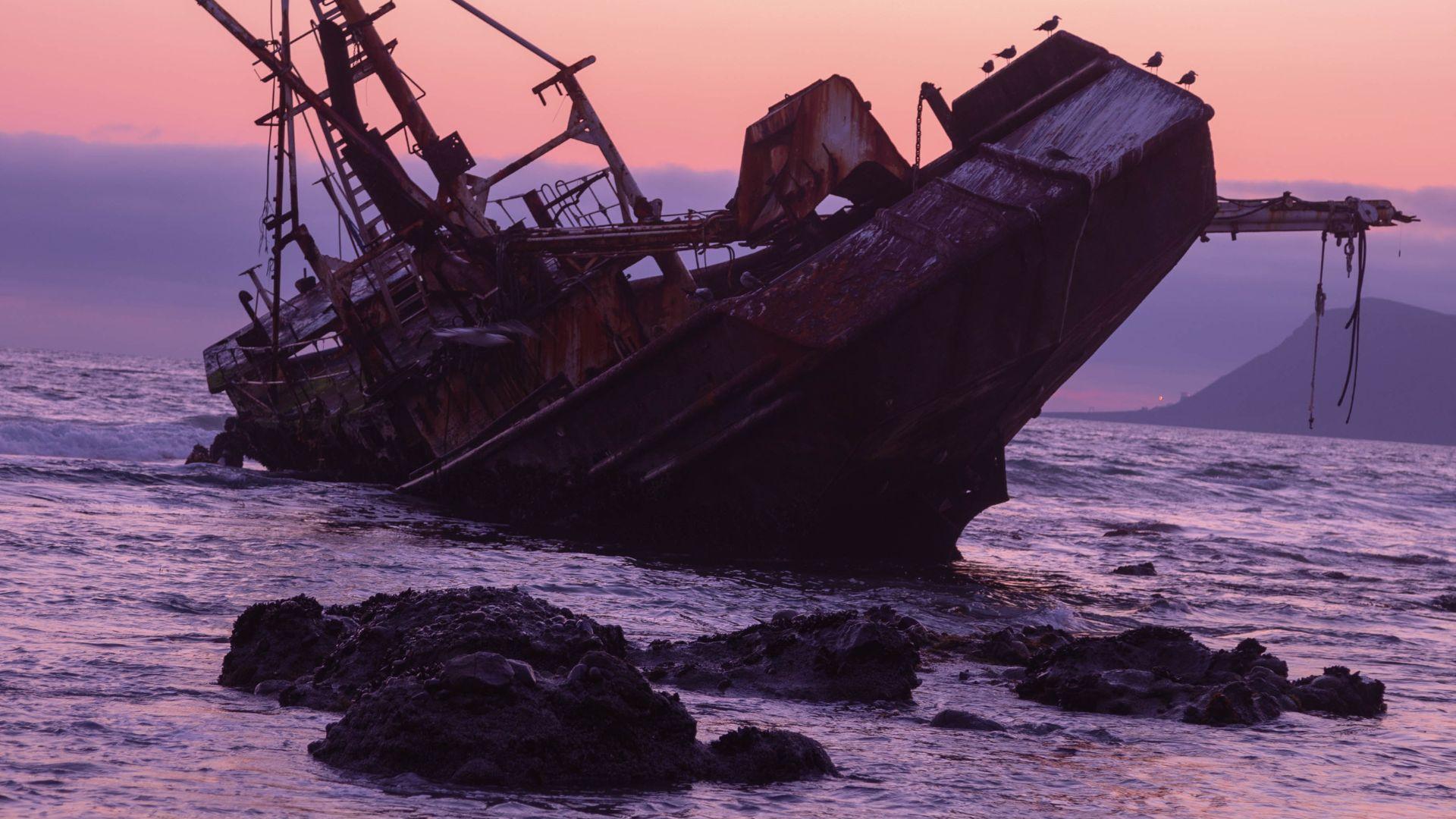
As efforts to recover the San José progress, the world watches with interest to see how this complex situation will unfold.
The outcome of this endeavor has implications not only for the treasure’s final resting place but also for historical understanding and international relations. The ship’s story, far from concluded, continues to captivate a global audience.
A Shipwreck’s Enduring Impact
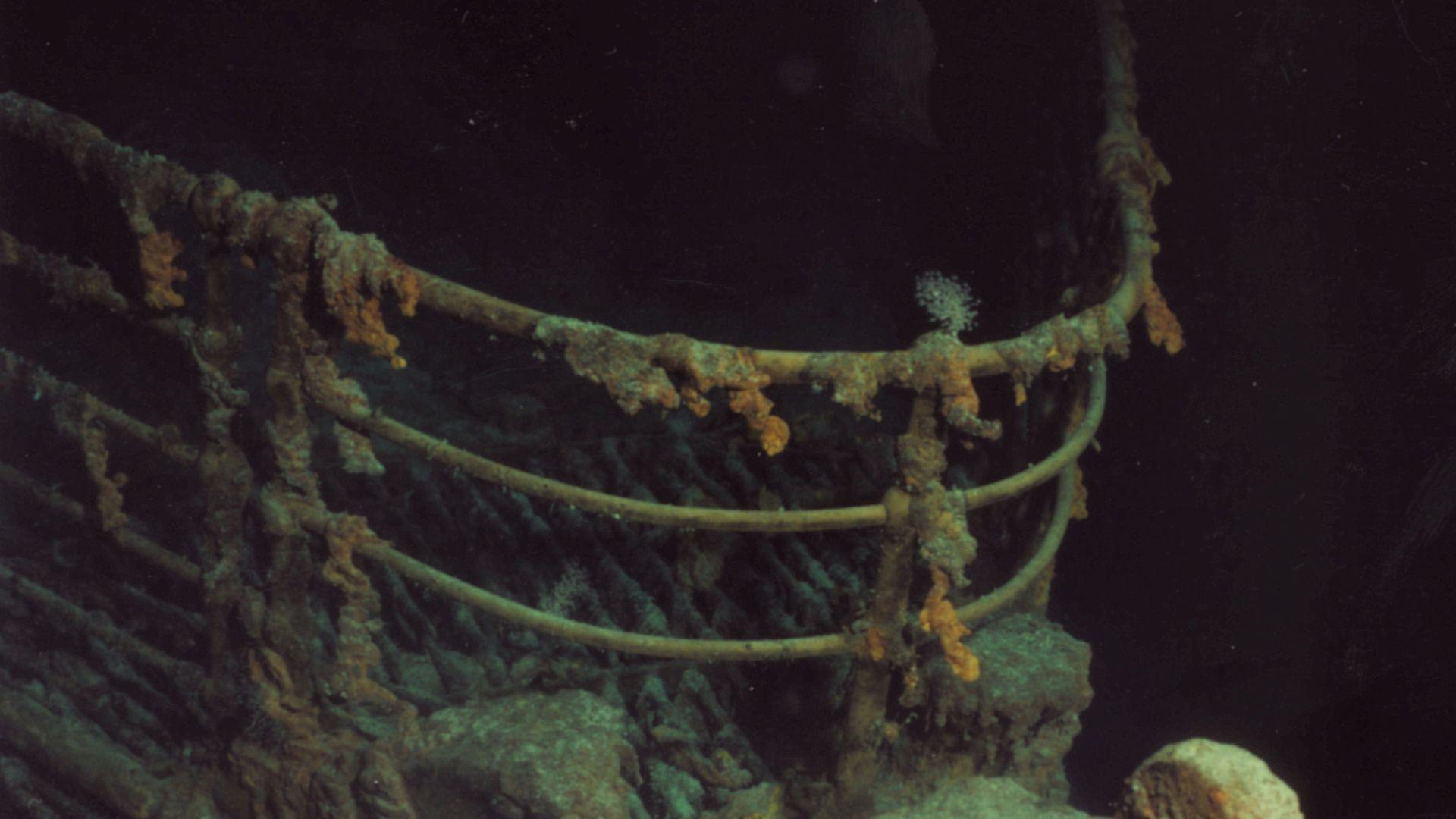
The San José represents more than a shipwreck. It embodies a narrative of historical significance, human endeavor, and immense wealth.
Its recovery from the ocean’s depths is awaited with anticipation, and it serves as a reminder of the enduring connection between past and present, and the fascination with lost treasures. The San José’s story is a testament to the enduring allure of history and the mysteries of the deep.
